
I've recently released my new book, Tales from the Towers, which tells the story of how Alton Towers developed from a barren patch of land holding a small hunting lodge into the UK's most popular theme park. We're serialising select parts of the book on Theme Park Tourist, along with photos that didn't make it into the print edition. In this fourth article, you can learn why John Broome was forced to sell the park to Tussauds in 1990.
John Broome’s plans for a sister park for Alton Towers at Trentham Gardens may have failed, but this had little effect on the success of his primary business. However, Broome’s next attempt to develop a second theme park elsewhere in the UK was to have a dramatic impact on the future of Alton Towers – ultimately, contributing to its eventual sale to Tussauds and the radical change of direction that this brought.
Just as with his first park, Broome planned to base his next attraction around a listed building. However, the location was even more unusual and potentially problematic than Alton Towers. The entrepreneur hoped to build a massive leisure complex in and around Battersea Power Station, an iconic London landmark situated next to the River Thames in Wandsworth.
Despite the very permanent appearance of the building, Battersea Power Station was only expected to have a working life of around thirty years. In the end, it operated for fifty, with Battersea A closing in 1975 and Battersea B following three years later . In August 1980, the Firestone Factory elsewhere in London was demolished, with its owners having reportedly been tipped off that it was about to be awarded listed status. In order to rescue it from the same fate, Secretary of State for the Environment Michael Heseltine quickly made Battersea Power Station a Grade II listed building.
The Central Electricity Generating Board (CEGR)’s initial hopes of selling the site to a housing developer were thwarted due to a mandate from the Department of the Environment that no listed buildings could be demolished until every possible alternative use had been explored. With a number of ideas being put forward, the board decided that the best approach was to run a competition. It launched this with an advertisement in The Times on October 19, 1983, which invited interested parties to send in their proposals for the “re-use and rehabilitation of Battersea Power Station” (remembering, of course, to enclose a cheque for £25 Sterling). Construction giant Taylor Woodrow was brought in to run the competition, which offered a prize of £100,000 to the winner.
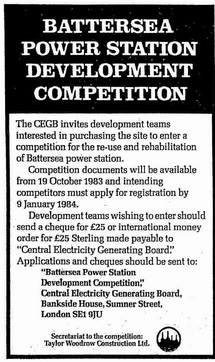
The competition drew eleven entries, seven of which were shortlisted as finalists. This included proposals to convert the power station into a giant rubbish incinerator, an enormous sports complex, a theatre, a shopping mall and, predictably, shops and housing. The most unusual, though, was a scheme to build a huge theme park dedicated to Britain’s industrial heritage, put forward by a consortium led by Sir David Roche. A notable participant in the consortium was Alton Towers, which lent credibility to the ambitious plan due to its success following the opening of the Corkscrew.
The judging panel for the Battersea Power Station competition looked favourably on the Roche consortium’s theme park plans. Eventually, the other proposals were whittled away until only two remained: the theme park and the refuse burning plant. The panel decided that the theme park concept had greater potential to create jobs, and thus it was announced the winner.
While the consortium was ostensibly led by Roche, it was John Broome who had claimed most of the column inches surrounding the project. By 1985, the consortium had evolved into Battersea Leisure, with Broome at the helm. It submitted a full planning application for the conversion of the site, which was approved by Wandsworth Council in February 1986. Broome eventually acquired the site for just £1.5 million in 1987.
Asked by ITN whether he was afraid that the Battersea Power Station would become “an enormous white elephant”, Broome exuded confidence. “I most certainly am not. I think it is going to be quite something for London, quite something for the nation,” was his assured response. He boasted that the theme park would become “London’s Tivoli Gardens”, creating four-and-a-half-thousand jobs in the process and sprawling across a total area of thirty million cubic feet. Broome was intent on creating “the jewel in London’s pleasure industry crown”.
So just what exactly would be on offer at “The Battersea” (the name selected ahead of “Alton Towers II”, “Tower Inferno”, “The Battersea Powerhouse” and “The South Chelsea Fun Palace” )? Well, for an entry fee of £4.50 for both adults and children, guests would gain access to five floors of attractions inside the building, as well as a handful of outdoor rides. The indoor attractions would operate from 10am until 2am, and the park’s array of themed shops would be “not like Tesco’s or anything like that”. The overall effect would be “a little bit Disneyland but in a far more English way”, and it was expected that visitors would be drawn from all over the UK, as well as Europe and the United States.
The Battersea was forecast to pull in visitors at a rate of seven thousand per hour during peak periods. Many of these guests would reach the park via a special £4 million “Battersea Bullet” rail link from Victoria station, featuring futuristic windowless trains. For those travelling by car, 2,730 car parking spaces would be provided.
Plans for The Battersea drew heavy inspiration from Walt Disney World’s Epcot, which opened in 1982. The goal was to combine education with entertainment, with less of the emphasis on thrill rides that was a feature of Alton Towers at the time.
Visitors would enter the Battersea via a spectacular entrance colonnade, surrounded by fountains and terraced gardens. Escalators and glass-walled elevators would transport guests between the floors, with a total of forty rides and two hundred attractions being on offer across the immense main gallery and the two turbine halls. An enormous wall of water would cascade down one side of the building’s interior.
The ground floor of the main gallery would be dominated by a huge ice rink dotted with islands and spectacular dancing fountains (seemingly one of Broome’s favourite attractions). Battersea Leisure promised that the area would combine “English nostalgia” with futuristic shows, rides and theatres. Indeed, the ground level would also host attractions as diverse as a craft village, “entertainment simulators”, a shooting gallery, a mirror maze, an aquarium and a traditional carousel. The simulators would be themed as a “Journey into Tomorrow”, with concept art closely resembling Disney’s Star Wars-themed Star Tours rides (which didn’t open until December 1986). The stand-out element, though, was Charles Dickens’ Street, an “authentic actual village” populated with craft shops and restaurants, clearly based on the model established by Talbot Street at Alton Towers.
A mezzanine level would host a Disney-style dark ride, featuring three-seater cabins that would pass through sixty animated tableaux populated by seventeen thousand animated figures telling the story of the history of the British Empire . Elsewhere on the same level were “electronic entertainment exhibits”, restaurants and twin cinemas.
On the second floor would reside a version of Alton Towers’ Gravitron ride. A “Haunted Theatre”, meanwhile, would be designed to spook guests, and a “Puppet Magic Theatre” would entertain little ones.
The third level would accommodate the Epcot-style Imagination Pavilion, as well as a “Computer Golf” attraction, a Pinocchio-themed toy shop and another pub, the Yellow Sub. The fourth level would host a movie memorabilia museum, the London Legends exhibit and large Thai and German restaurants. Live bands would play in a gazebo to add to the atmosphere.
Up on the fifth level, Broome planned to install one of The Battersea’s signature rides. This was a balloon ride, which would see riders boarding mock balloons that would swoop around a circuit overlooking the Main Arena.
Down on the basement level would be a gigantic children’s play area dubbed “The Magic Castle”, boasting a cargo net climb, a “ball crawl” pit, slides, mazes and “educational electronic equipment”. An animated puppet theatre would enterain kids, while the lower floor would also host a health and fitness club, squash courts, a gymnasium and an indoor jogging track.
One end of Turbine Hall A would be dominated by an enormous theatre. The other would host the traditionally-themed Battersea Pub, complete with beer garden. Fountains would surround the Gazebo Bar in the centre, while shops and a World Food Fair would line the sides of the hall. Up on a mezzanine level would be the Henry VIII restaurant and a set of bumper cars. The basement would host a medieval-style, “Dungeons and Dragons”-themed dark ride.
In Turbine Hall B, meanwhile, the Super Train roller coaster would provide mild thrills. A freefall ride and a 360-degree “omni-theater” would also be on offer.
The outdoor area surrounding the power station, previously used as a coal store, would be put to dual use. Firstly, taking a leaf out of Alton Towers’ book, it would be home to “beautifully landscaped gardens” stretching along six hundred and eighty feet of river frontage. These would be open for free to the public, and would be brought to life at night with “twinkling Tivoli lights”. As usual, Broome including dancing fountains in the design, along with Japanese, Asian and European gardens, topiary animal sculptures and a hedge maze. In a nod to Alton Towers’ Pagoda Fountain, one of the snack stands would feature a pagoda theme.
Alongside the gardens, four major rides would be accessible only to ticket holders. The headline thrill ride of The Battersea was to be the Jumbo Jet Coaster, a custom-designed Schwarzkopf creation that would hit a top speed of fifty miles per hour, exerting forces of up to 3G on riders as they passed through lighting, laser, music and fog effects. Although located outside of the power station, it would be enclosed in a ride building, much like The Black Hole.
A second roller coaster, The Runaway Train, would be similar in style to the Runaway Mine Train that was eventually installed at Alton Towers by Tussauds in 1992. Its circuit would wind around the garden area, with caves, tunnels and waterfalls adding to the visual spectacle.
With the Grand Canyon Rapids having proven to be hugely popular at Alton Towers, Broome planned to bring a version to The Battersea. This would sprawl across a huge outdoor site, offering the usual array of waterfalls and jets to soak riders. Nearby, a Flying Island ride would see guests entering a glass-walled circular cabin, which would rotate as it rose to a height of one hundred and fifty feet, offering impressive views of the surrounding area.
Construction work finally began in November 1988 , leaving Broome with a huge challenge to meet his self-imposed deadline. In reality, there was no chance of The Battersea opening on time. The initial cost estimate from Broome for the project was just £34 million – ludicrously low, given that the CEGB had in 1983 estimated that it would cost up to £20 million simply to keep the building structurally sound. The budget subsequently leapt to £45 million, then to £170 million. By 1988, the price tag had soared to £240 million.
It quickly became clear that just getting the basics in place would cost a fortune. Tons of toxic asbestos were found on the site, and there were huge problems with the building’s foundations, which were “virtually non-existent”. On top of this, the UK was in the grip of a recession and the property market was depressed. Work ground to a halt after just four months, but not before the power station’s roof and west wall had been demolished to remove the giant turbines. This left parts of the building exposed to the elements for years, accelerating its decay. Rather than building a theme park, Broome recalls ruefully, “I had to spend 4 months just putting in 300 piles 600 feet deep to pin up the building”.
Broome hadn’t given up altogether. In 1990 he submitted a second, less ambitious proposal put together by architects RHWL. The new plan focused primarily on offices (covering 1.5 million square feet), retail outlets (covering 100,000 square feet) and a one thousand room hotel, with the leisure elements deprioritised. Significantly, this was to be part-financed by the sale of Alton Towers. While the plans were approved by Wandsworth Council in August 1990, no work was ever carried out.
Ultimately, Broome sold Alton Towers to Pearson, Tussauds’ owner, for £60 million in March 1990. While he said at the time that the sale was unconnected to the Battersea project , it was later claimed that the funds would be put towards the power station’s redevelopment. It may never have become a reality, then, but John Broome’s wild dream to convert a derelict power station into an urban theme park had a huge impact on the future of Alton Towers.
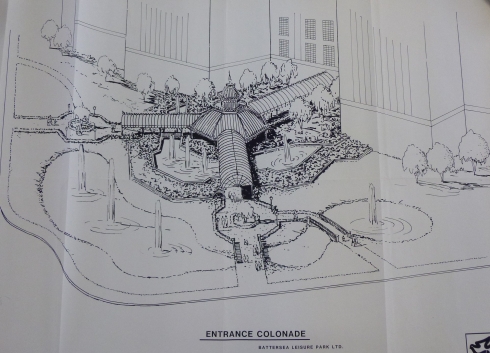
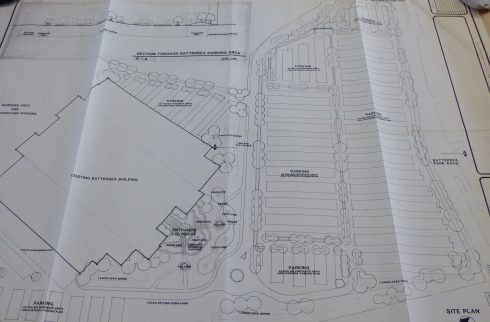
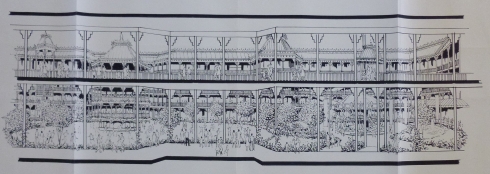

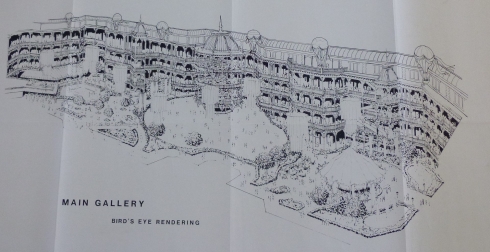
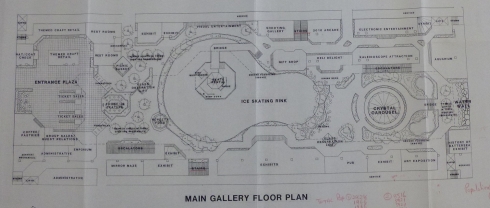
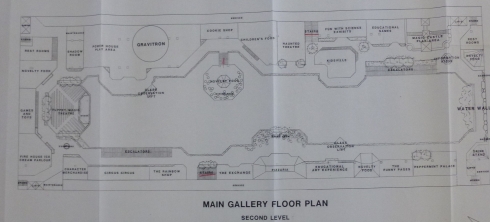
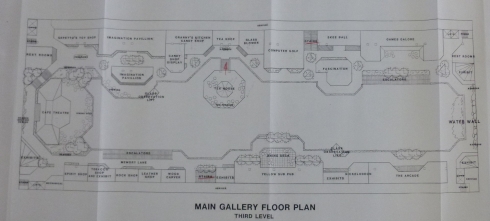
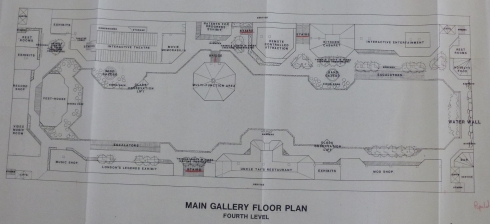
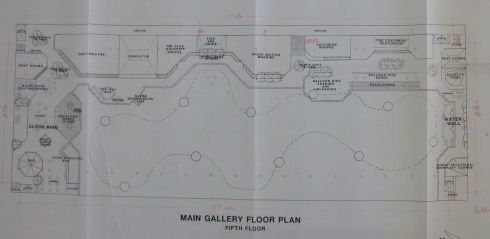
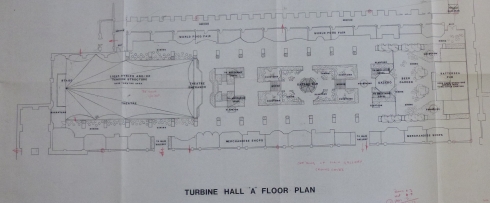


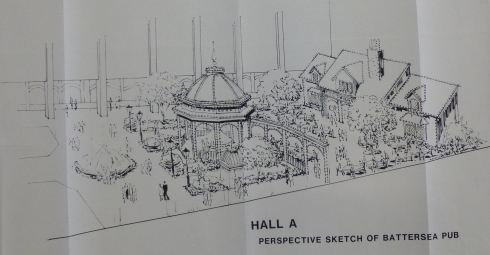

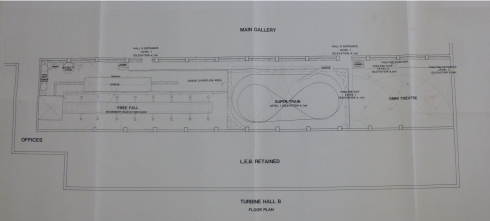
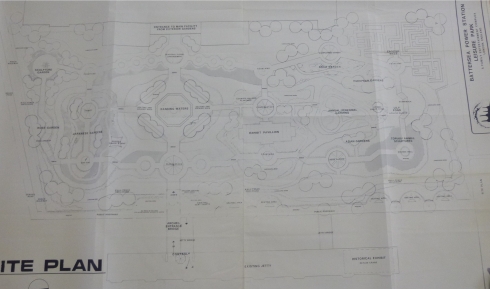
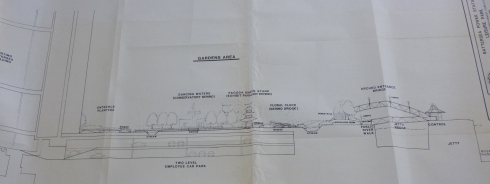
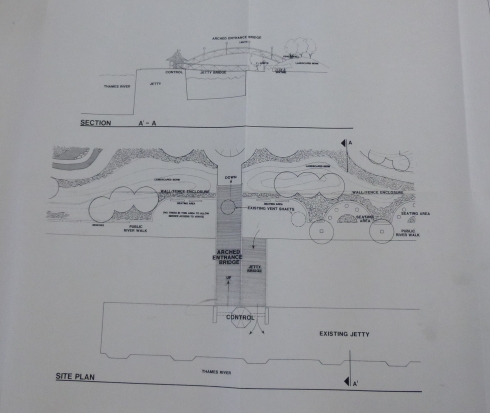

Add new comment